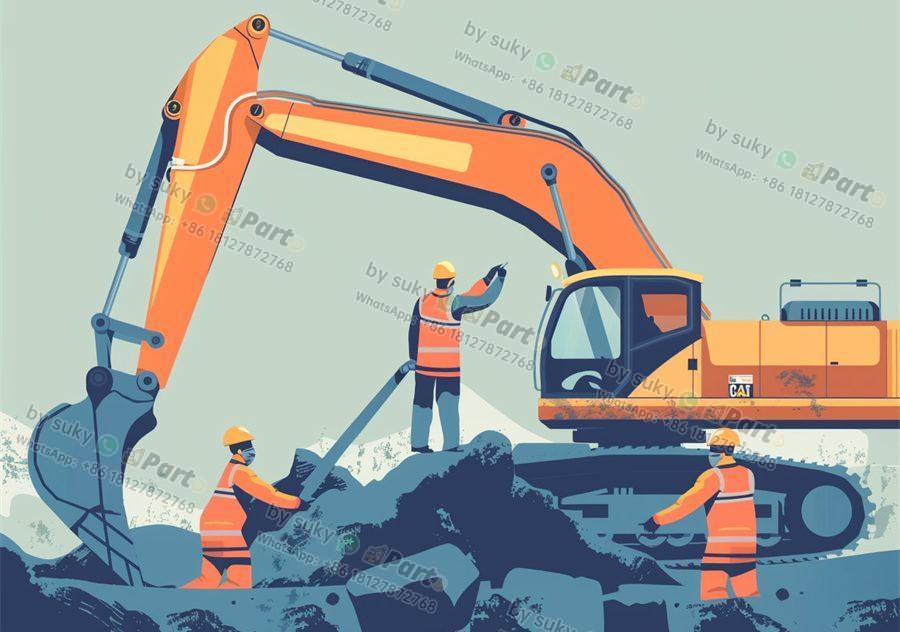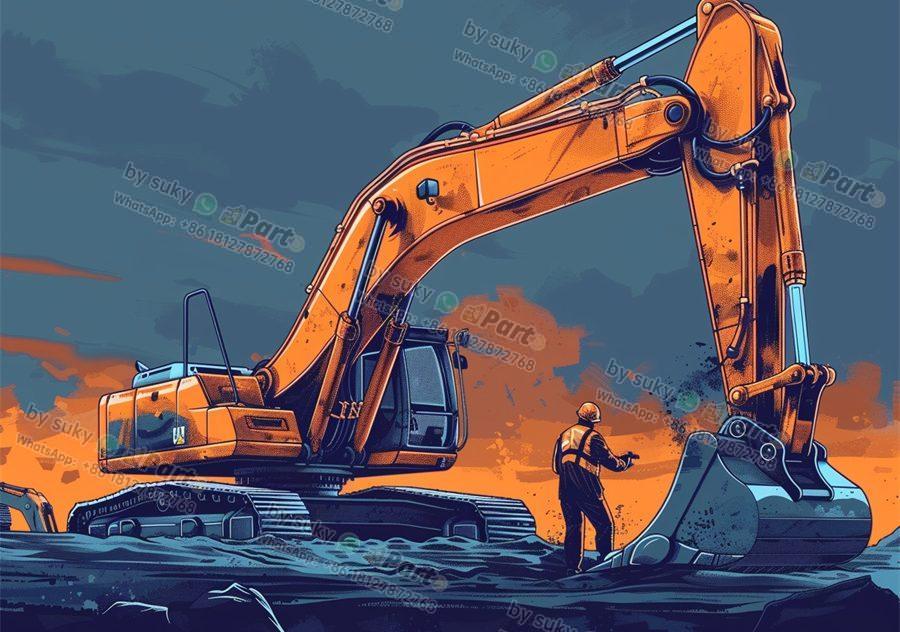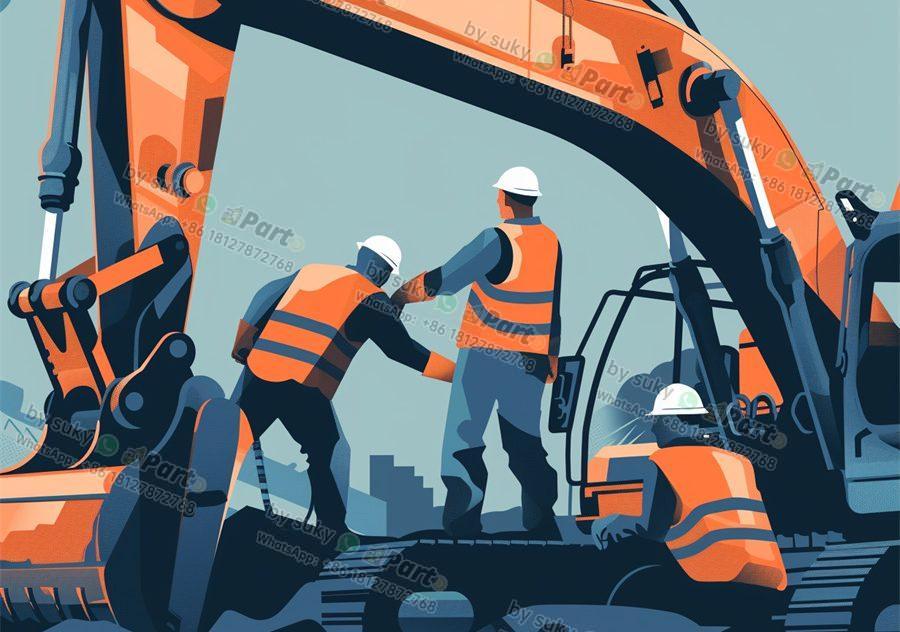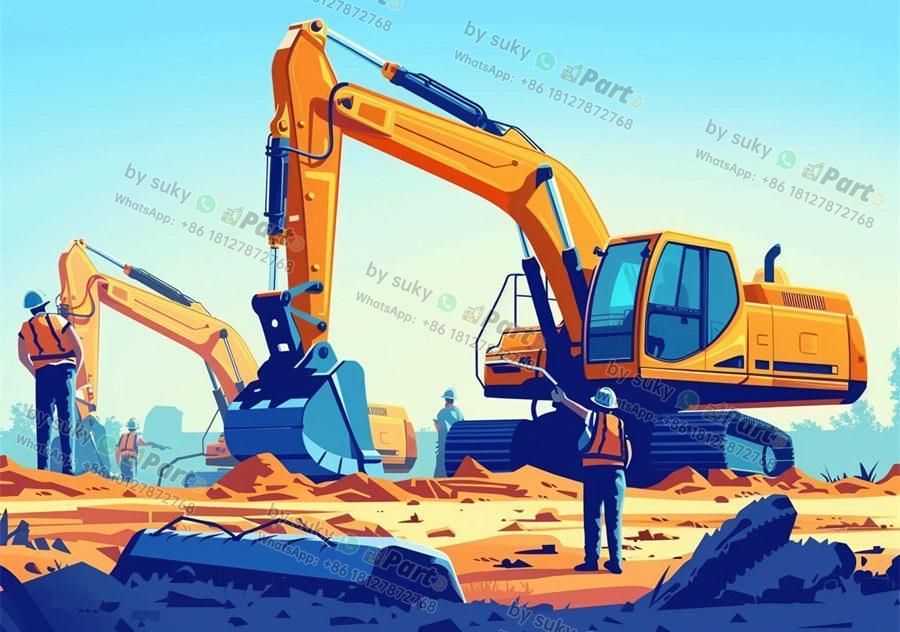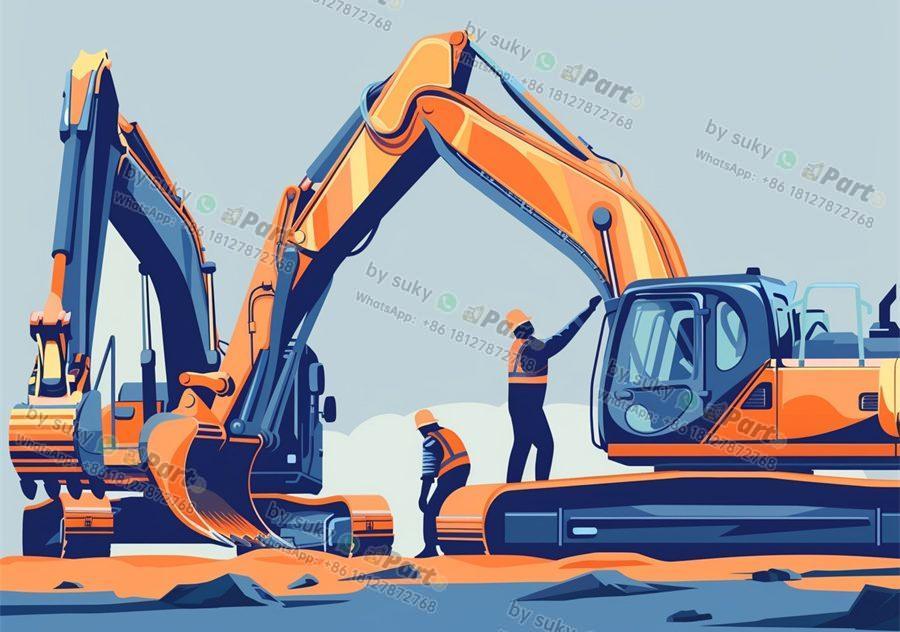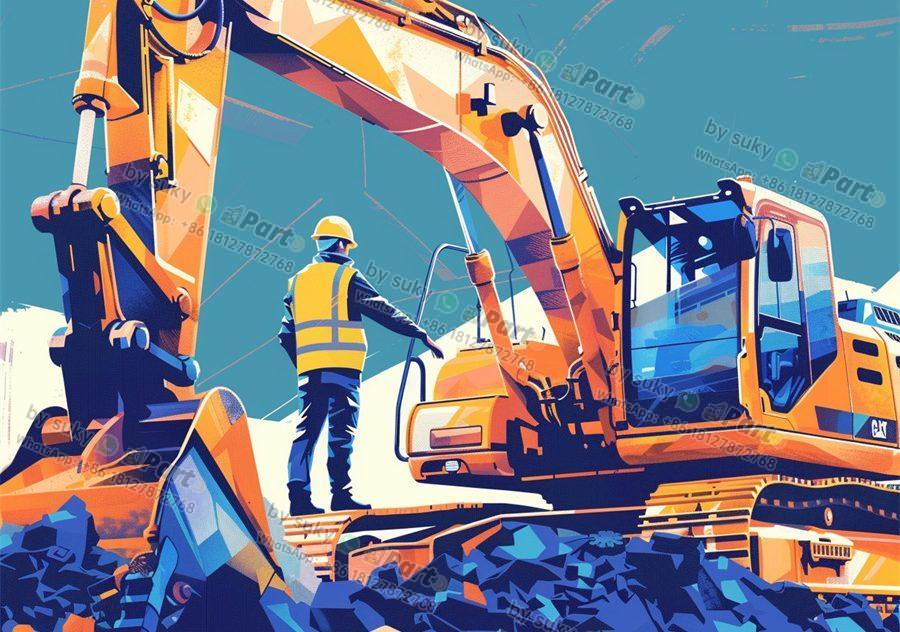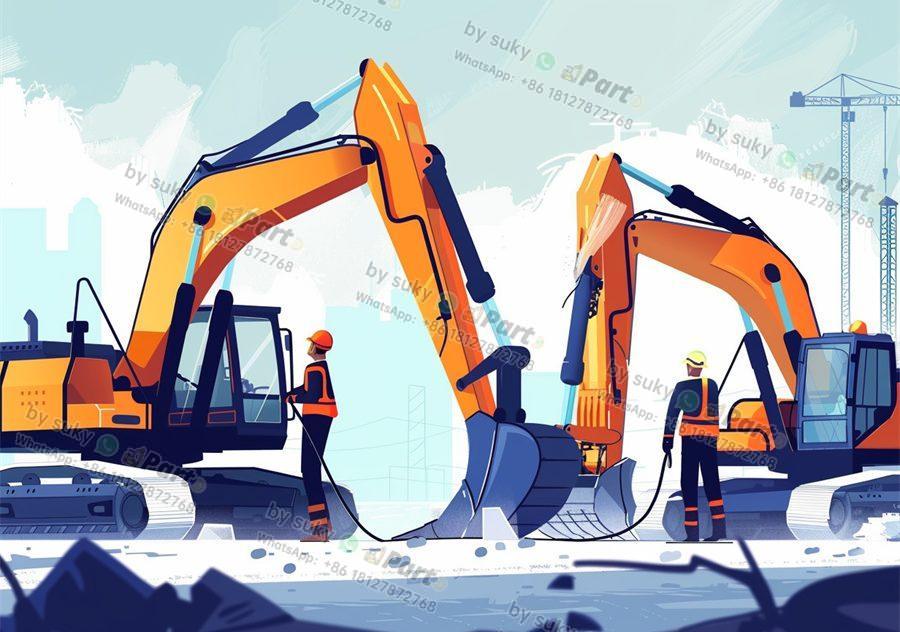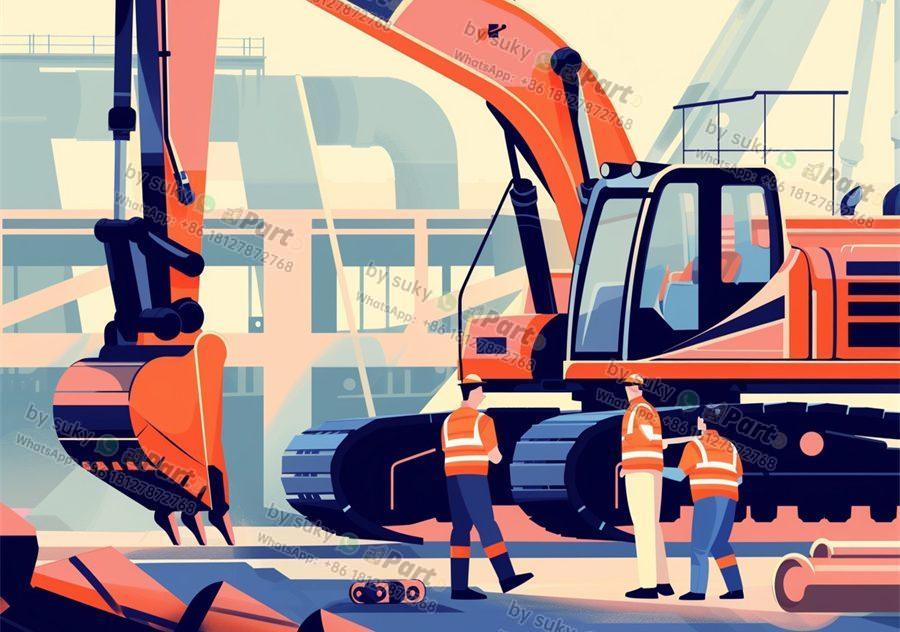Maintaining and repairing used Volvo parts is essential for importers and distributors of engineering vehicle components. By following proper maintenance and repair procedures, you can ensure the longevity and performance of these parts, ultimately saving you time and money in the long run.
Proper Inspection and Cleaning
One of the first steps in maintaining used Volvo parts is to conduct a thorough inspection. Check for any signs of wear and tear, such as cracks, rust, or corrosion. It’s also important to clean the parts regularly to remove any dirt, debris, or grime that may have accumulated. Use appropriate cleaning solutions and tools to ensure that the parts are free from contaminants that could cause further damage.
Regular Lubrication
Proper lubrication is crucial for the smooth operation of used Volvo parts. Make sure to use the recommended lubricants and apply them according to the manufacturer’s guidelines. This will help reduce friction and wear on the parts, extending their lifespan and ensuring optimal performance. Regularly check the lubrication levels and top up as needed to prevent premature failure of the parts.
Replacement of Worn Out Parts
Over time, certain used Volvo parts may wear out and need to be replaced. It’s important to keep an inventory of spare parts on hand to quickly address any issues that arise. When replacing parts, make sure to use genuine Volvo components to ensure compatibility and performance. Keep track of the maintenance history of each part to identify any patterns of failure and address them proactively.
Professional Repairs and Servicing
In addition to regular maintenance tasks, it’s important to seek professional help for more complex repairs and servicing. Experienced technicians can diagnose and address any issues with used Volvo parts, ensuring that they are restored to optimal working condition. Avoid attempting DIY repairs unless you have the necessary skills and knowledge to avoid causing further damage to the parts.
In conclusion, maintaining and repairing used Volvo parts is essential for importers and distributors of engineering vehicle components. By following proper inspection, cleaning, lubrication, and replacement procedures, you can ensure the longevity and performance of these parts. Seek professional help for complex repairs and servicing to avoid causing further damage. By taking care of your used Volvo parts, you can maximize their lifespan and performance, ultimately saving you time and money in the long run.

